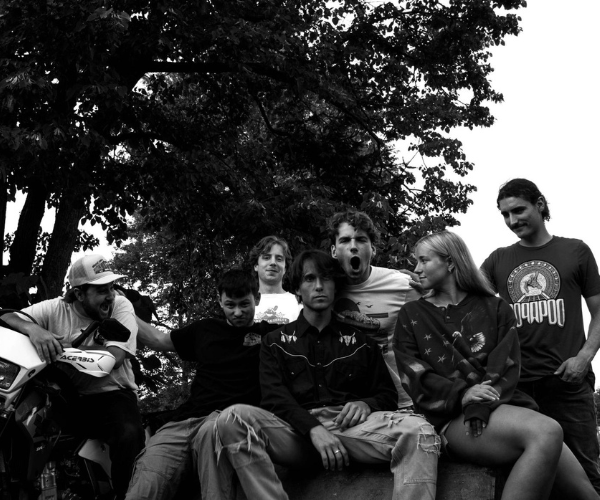arl Stokes was the city’s first black mayor. Louis Stokes, his older brother, served 30 years in the U.S. House of Representatives. If that’s all you know about the Stokes brothers, you’re in luck.
There is so much more to the story than elective politics, and the Western Reserve Historical Society’s exhibit, Carl & Louis Stokes: From the Projects to Politics brings it to life.
There is so much more to the story than elective politics, and the Western Reserve Historical Society’s exhibit, Carl & Louis Stokes: From the Projects to Politics brings it to life.
The exhibit’s broader view succeeds in showing where the two fit into the social fabric of the time — a tapestry that they played a part in weaving.
With a heavy reliance on campaign paraphernalia, magazine articles, newspaper clippings and photographs (including shots of the brothers with Muhammad Ali, Bill Cosby and Hillary Clinton), the exhibit traces the brothers’ rise from federal housing to seats of power on both Lakeside and Pennsylvania avenues.
The story begins at the Outhwaite Homes, where the boys’ father, Charles, died before Louis and Carl entered school, leaving their mother to raise them. “She constantly told us, ‘Get something in your head,’ ” Louis recalls, “ ‘So you don’t have to work with your hands like I’ve had to do all my life.’ ”
An array of personal items in the exhibit bear out her words: Boy Scout badges, rosaries from Pope Paul VI, their trumpet, high school yearbooks, scrapbooks, World War II dog tags and discharge papers.
When they returned from the military, Louis and Carl went on to college and Cleveland-Marshall College of Law.
“There were no black lawyers in any of the major firms in the city, though that’s unfathomable today,” says Louis. So, they founded their own, Stokes and Stokes.
In 1965, Carl ran for mayor of Cleveland, losing by 2,431 votes. Two years later he won, even though Cleveland’s population was only 37 percent black.
He ran newspaper ads in 1967 in huge block print imploring voters, “Don’t Vote for a Negro for Mayor” followed by, in much smaller print, “Vote for a Man Who Believes in Cleveland, Carl B. Stokes.” His signs read, “Let’s do Cleveland proud” and “A Man with Plans for a Better Cleveland.”
“He’s my brother, but I have to say he was a brilliant politician too,” says Louis. “His political skills were ahead of the curve. He recognized that he could put together a coalition of blacks, whites of good will and other minorities.”
In Louis’ case, it was his legal skills that opened the door to his political career. After convincing the U.S. Supreme Court that the boundaries of the city’s East Side congressional district unfairly diluted black voting power, he ran for the seat and won the right to represent the redrawn district in 1968.
He served 15 terms before retiring in 1999 — and you can see the congressional desk where he made history as Ohio’s first black congressman.
It’s this sort of context that both outlines the long odds Louis faced in his case and helps make the exhibit more than just the story of two Cleveland kids who made good. — Ian Hoffman
The exhibit runs through July 31. www.wrhs.org



